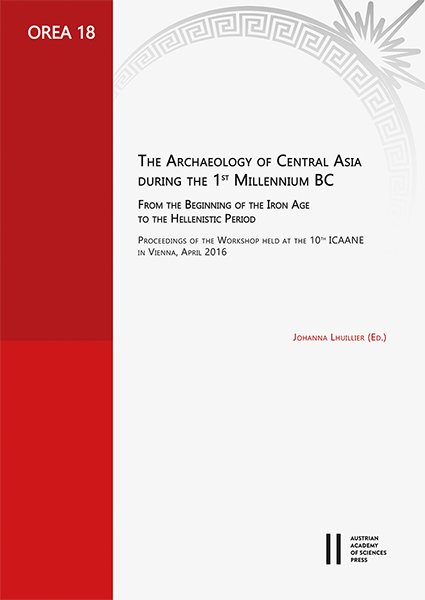
Archaeology of Central Asia during the 1st millennium BC, from the Beginning of the Iron age to the Hellenistic period, pp. 129-150, 2021/12/17
Proceedings from the Workshop held at 10th ICAANE
How is it that the Greek world of Central Asia could have ended so suddenly with the abandonment of itscapital, Ai Khanoum, by its elites in 145 BC? During its short existence here, Greek culture was successfully introducedwithin this foreign world, perhaps more fully than Achaemenid culture. But how long was it maintained? This articlewill not repeat the themes developed by A. Foucher or D. Schlumberger and their vision of the diffusion of Hellenismtowards India; rather, the object of this study is to evaluate the importance of the impact of the Iranian, Central Asian,and Indian cultures on the Gandhara borders and to determine their limits. However, except for the discovery of coinsin the region and evidence of Greek culture in large urban centres such as Taxila or Kandahar, tracing Greek culture inthis area remains difficult and uncertain. Pottery, though one of the main identifiers of material culture, is difficult to recognisein the archaeological record. This article attempts to identify various cultural components through the detailedanalysis of Achaemenid-Mauryan and Hellenistic ceramics from the archaeological site of Charsadda, published by R.Wheeler, as well as through two new sites located at the limits of this Indo-Greek kingdom: Kabul (Afghanistan) andSehwan Sharif (Pakistan, Sindh).
Keywords: pottery; Gandhara; Bactria; Hellenistic period